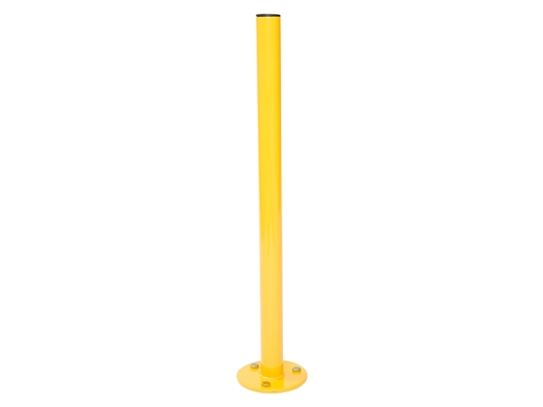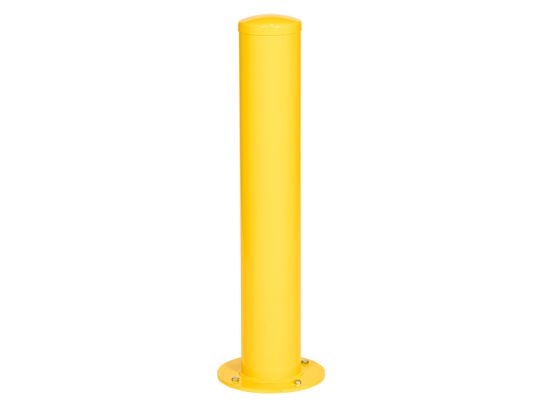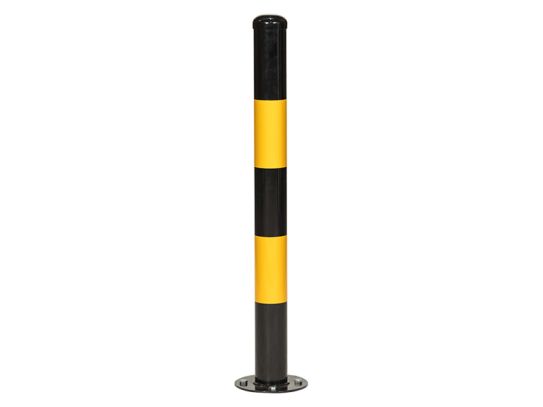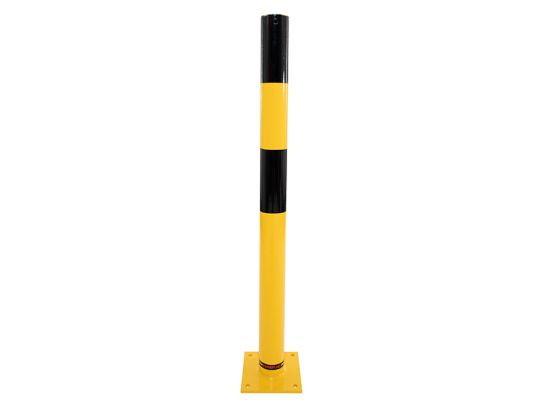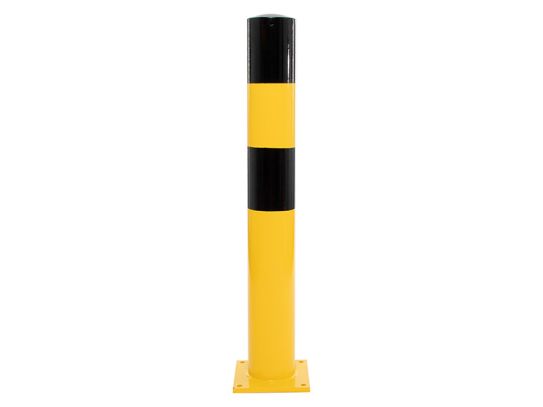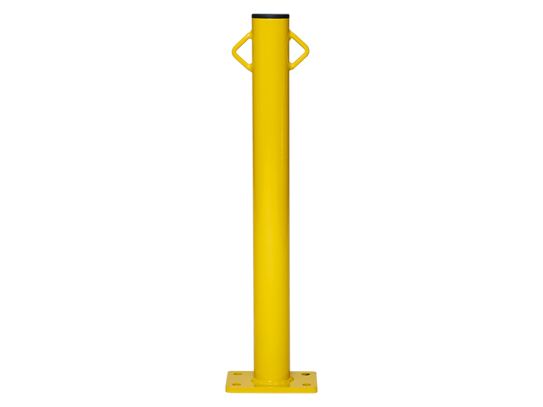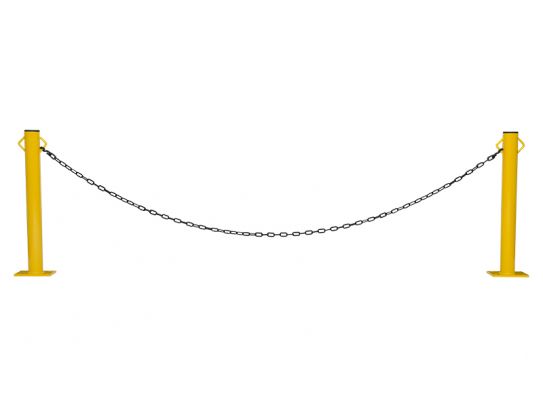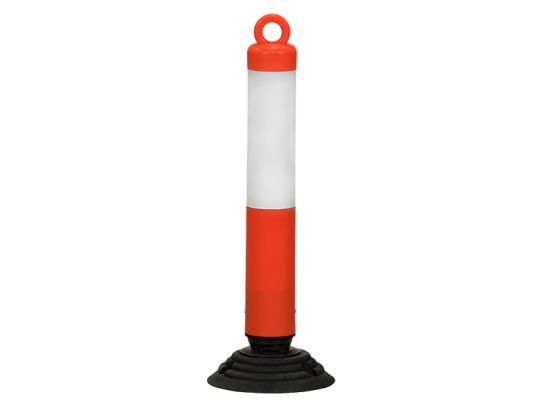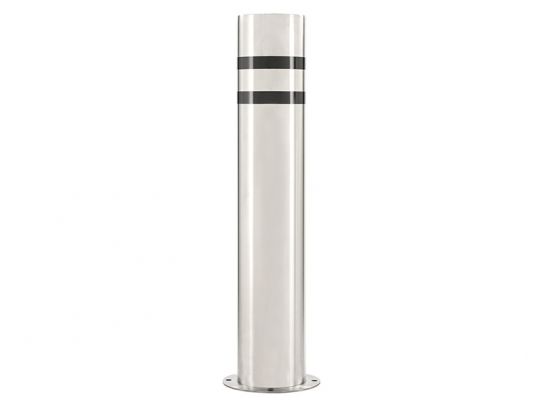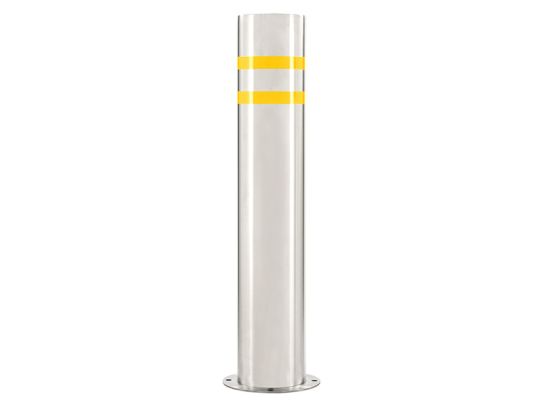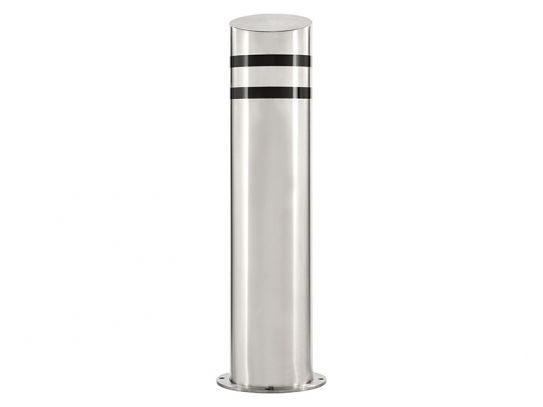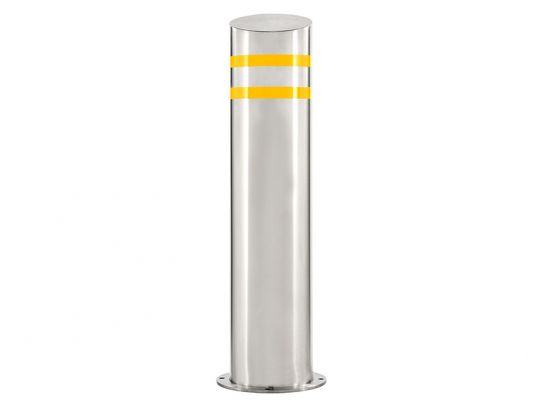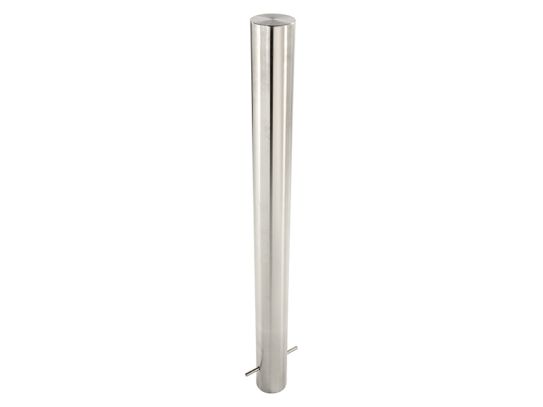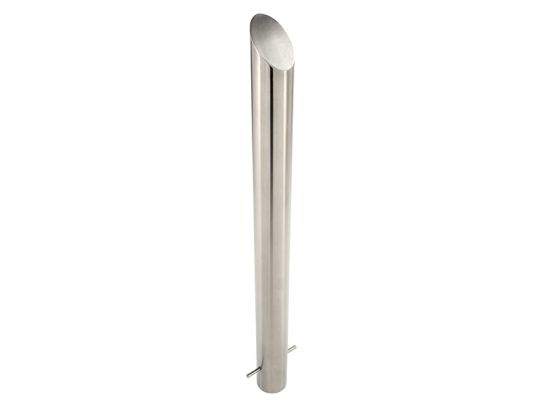Fixed Parking Posts
Secure Your Space With Our Fixed Parking Posts
Looking for a permanent solution to manage pedestrian and vehicle traffic in your public or commercial space? Look no further! Our range of fixed parking posts has you covered.
Our flexible traffic posts are made from durable plastic and are designed to bounce back into place if hit by a car, making them a reliable option for any area. Our metal bollards are perfect for parking garages and car parks, providing a strong and sturdy barrier to restrict vehicle access.
For extra protection, our impact bollards are the heavy duty option you need. These bollards are designed to withstand vehicle impacts and keep your space safe. And for car parks specifically, our car park posts are the ideal choice. Made from steel, these bollards are strong and durable, ensuring that your car park remains well-organised and secure.
Installation is a breeze with all of our fixed parking posts - simply bolt them to the ground and you're good to go! Don't wait any longer to take control of your space - order your fixed parking posts today.
What Are Fixed Parking Posts?
Fixed parking posts are physical barriers that are used to restrict access to certain areas or to manage pedestrian and vehicle traffic. They are typically made from materials such as plastic, metal, or steel, and are installed by bolting them to the ground. They can be used in a variety of public and commercial spaces, including car parks, parking garages, and any other area where access needs to be restricted. Fixed parking posts can come in different shapes and sizes, and can be designed for specific purposes, such as withstanding vehicle impacts or bouncing back into place if hit by a car.
What Are Some Common Uses for Fixed Parking Posts?
Some common uses for fixed parking posts include:
- Restricting access to certain areas: Fixed parking posts can be used to block off areas that are off-limits to vehicles or pedestrians. This could include construction sites, pedestrian-only areas, or areas that need to be kept clear for safety reasons.
- Managing vehicle traffic: Fixed parking posts can be used to create designated parking spaces or to direct traffic flow in a car park or parking garage.
- Protecting areas from vehicle impacts: Heavy duty bollards or impact bollards can be used to protect buildings, pedestrians, or other areas from the impact of vehicles.
- Creating a physical barrier: Fixed parking posts can be used to create a visual and physical barrier between different areas or to define the edges of a space.
- Enhancing safety: Fixed parking posts can be used to create pedestrian walkways or to direct pedestrians to designated crossing areas, improving safety for both pedestrians and vehicles.
What Are the Different Types of Fixed Parking Posts?
There are several different types of fixed parking posts, including:
- Flexible traffic posts: These posts are made from plastic and are designed to bounce back into place if hit by a car. They are often used to mark the edges of parking spaces or to direct traffic flow.
- Metal bollards: These are metal posts that are typically used to restrict vehicle access in areas such as parking garages and car parks.
- Impact bollards: These are heavy duty bollards that are designed to withstand vehicle impacts and protect areas from vehicle damage.
- Car park posts: These are steel bollards that are specifically designed for use in car parks. They can be used to create designated parking spaces or to restrict access to certain areas.
- Retractable bollards: These bollards can be raised or lowered as needed to allow or restrict access to an area. They are often used in areas that need to be kept secure but may need to be opened up to traffic at certain times.
What Are the Key Features to Consider When Choosing Fixed Parking Posts?
Some key features to consider when choosing fixed parking posts include:
- Material: Different materials will have different properties and will be suitable for different applications. For example, plastic posts may be more flexible and able to bounce back into place if hit, while metal or steel posts may be more durable and able to withstand impacts.
- Size: The size of the posts will depend on the intended use and the amount of space available. For example, larger bollards may be more suitable for areas with higher levels of traffic, while smaller posts may be more suitable for marking out parking spaces.
- Design: The design of the posts will depend on the intended use and the aesthetic of the area. Some posts may be more decorative, while others may be more functional.
- Installation: Consider how the posts will be installed and whether this is a straightforward process. Posts that are easy to install will save time and effort, particularly if you need to install multiple posts.
- Durability: Consider how long the posts are likely to last and whether they are suitable for the intended use. Posts that are made from more durable materials such as steel or metal may be a more cost-effective choice in the long run.
- Maintenance: Consider how easy the posts are to maintain and whether they will require regular cleaning or repairs. This will impact the overall cost and effort required to keep the posts in good working order.
What Is the Best Material for Fixed Parking Posts?
The best material for fixed parking posts will depend on the intended use and the specific requirements of the space. Some common materials for fixed parking posts include:
- Plastic: Plastic posts are often flexible and can bounce back into place if hit by a car. They are lightweight and easy to install, making them a popular choice for marking out parking spaces or directing traffic flow.
- Metal: Metal posts, such as steel or aluminium, are typically more durable and able to withstand impacts from vehicles. They are often used to restrict vehicle access in areas such as parking garages and car parks.
- Concrete: Concrete bollards are extremely heavy and sturdy, making them suitable for protecting areas from vehicle impacts. They are often used in high-security areas or to protect buildings or pedestrian areas.
Ultimately, the best material for fixed parking posts will depend on the specific needs and requirements of the space. It may be helpful to consider factors such as the level of traffic, the type of vehicles that will be using the area, and the overall budget for the project.
How Do I Install Fixed Parking Posts?
The process for installing fixed parking posts will depend on the specific type of posts you are using and the surface they will be installed on. Here are some general steps to follow when installing fixed parking posts:
- Prepare the area: Clear the area where the posts will be installed and ensure that it is level. If necessary, mark out the positions of the posts using a tape measure or marking paint.
- Gather tools and supplies: You will need a drill, bolts or concrete anchors, and any other tools or supplies required for installation. Consult the manufacturer's instructions to ensure that you have everything you need.
- Install the posts: Depending on the type of posts you are using and the surface they will be installed on, you may need to drill holes, use bolts or concrete anchors, or use a combination of both. Follow the manufacturer's instructions carefully to ensure that the posts are installed correctly.
- Check for stability: Once the posts are installed, test their stability by gently pushing on them to ensure that they are secure. Make any necessary adjustments to ensure that the posts are firmly in place.
- Finish up: Once the posts are installed and stable, tidy up the area and remove any debris. If necessary, apply any finishing touches such as painting or marking out parking spaces.
Remember to follow all safety guidelines and use protective gear such as gloves and safety glasses when installing fixed parking posts.
What Safety Considerations Should Be Taken Into Account When Using Fixed Parking Posts?
There are several safety considerations to keep in mind when using fixed parking posts:
- Make sure the posts are installed correctly: Proper installation is important to ensure that the posts are stable and secure. Follow the manufacturer's instructions carefully and use the correct tools and supplies to ensure that the posts are installed correctly.
- Consider visibility: Make sure that the posts are visible to both pedestrians and drivers. This may involve adding reflective tape or painting the posts a bright colour.
- Keep an eye on maintenance: Regularly check the condition of the posts and make any necessary repairs or replacements. This will ensure that the posts remain in good working order and do not pose a hazard to pedestrians or drivers.
- Be mindful of pedestrians: If the posts are being used to mark out pedestrian walkways or crossing areas, make sure that pedestrians are aware of their presence and are able to navigate around them safely.
- Consider the impact on traffic flow: When using fixed parking posts to manage traffic flow, consider the impact on drivers and ensure that the posts are not creating any additional hazards.
Overall, it is important to be mindful of the safety of all users of the area when using fixed parking posts. Follow all safety guidelines and use common sense to ensure that the area is safe and easy to navigate for both pedestrians and drivers.
Are There Any UK or European Industry Standards or Regulations That Apply to Fixed Parking Posts?
There are several UK and European industry standards and regulations that apply to fixed parking posts, including:
- BS EN 1317-3: This standard outlines the requirements for the design, construction, testing, and performance of road restraint systems. It covers a range of types of barriers, including bollards, and applies to fixed parking posts that are used to manage traffic flow or protect against vehicle impacts.
- BS EN 12767: This standard covers the design, construction, and testing of bollards and defines the minimum requirements for bollards used to protect against vehicle impacts. It applies to bollards that are used to protect buildings, pedestrians, or other areas from vehicle damage.
- The Disability Discrimination Act (DDA): This act requires that public spaces, including car parks, are accessible to people with disabilities. This includes ensuring that bollards and other barriers are visible and do not create any unnecessary barriers for people with disabilities.
- The Health and Safety at Work Act: This act requires employers and those in control of public spaces to take reasonable steps to ensure the health and safety of all users of the space. This includes ensuring that fixed parking posts are installed and maintained correctly and do not pose any hazards to pedestrians or drivers.
It is important to ensure that fixed parking posts comply with relevant industry standards and regulations to ensure the safety and accessibility of the space for all users.
